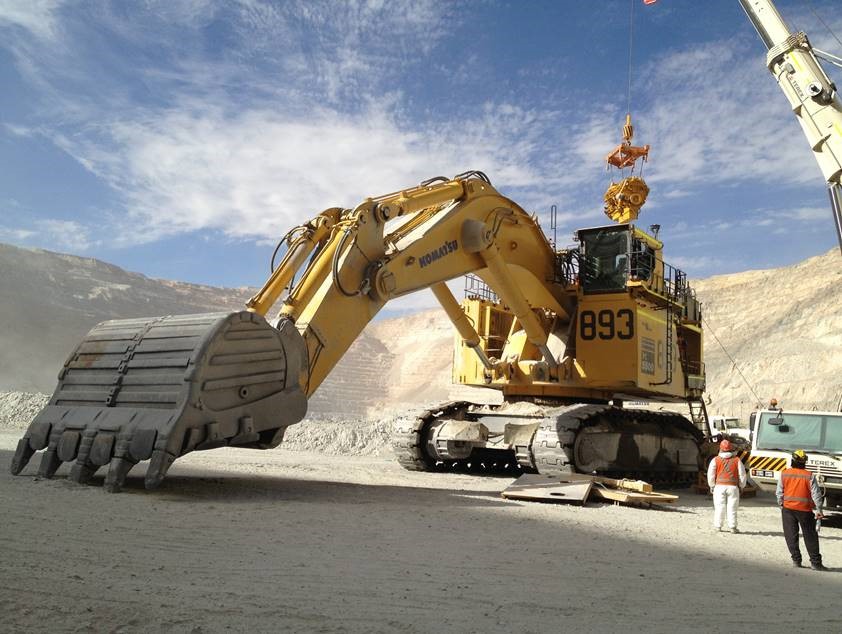
Oprima aquí para leer la versión en Español.
Everyone in the mining industry knows that the most critical factors for profitability are equipment availability and productivity. In a 24/7/365 operating environment, the loss of a single piece of equipment can cost tens of thousands of dollars.
Recently, the Cummins Chile team developed a comprehensive plan to improve equipment availability and productivity while reducing the Total Cost of Ownership (TCO) for QSK78-powered Komatsu 960E haul trucks.
Recommendations included everything from optimizing the timing of mid-life overhauls, proper training and staffing of technicians, monitoring of daily deviations in engine performance, having a 97 percent availability of parts on site plus keeping swing engines on hand (1.35 per every 10 engines) to cover both planned and unexpected replacement.
However, the single most dramatic improvement in availability and performance came from the recommendation to implement a continuous monitoring system using data-enabled services and telematics.
Turbocharging Telematics.
Using Six Sigma methodology, the Cummins Chile team worked with their Chilean mine operator customer to determine the most critical engine components to address first. Of the four identified parts, it was determined that the pilot program would focus on turbochargers, and specifically the elimination of unexpected high-pressure turbocharger failures.
The mine had been using Cummins telematics tool which provided advance notice of potential issues in approximately 43 percent of the actual turbocharger issues experienced. The local Cummins team recommended utilizing Cummins new proprietary system designed to detect potential engine issues much earlier using trend analysis focused on incremental changes in key engine parameters.
Halfway through the pilot, the analytical power of this new system proved its effectiveness by catching a potential inlet turbocharger hose failure far in advance of when it would have triggered an alarm using the telematics system alone. In fact, the new system alerted the maintenance team 190 days in advance of the previous telematics tool, providing ample time to plan for proactive maintenance and avoid unscheduled downtime. Most important, it caught 100 percent of potential failures in advance, versus the prior standard of 43 percent.
Turbocharged Savings: $1.3 Million.
The prior tool that was being used by the mine operator resulted in a savings of $212,347 for 2016. With Cummins new proprietary system implemented at the mine, the extrapolated annual cost savings for the same 2016 time period for total mine operations would have been $1,316,994.
Cascading To Other Components.
The successful testing of data-enabled services on turbochargers in this demanding work environment was just the first step. Other engine components subject to gradual wear and performance degradation (such as injectors and bearings) are now going to be continuously measured using this type of ongoing monitoring and analysis. This will provide the mine maintenance supervisors with a clear picture of when service will be needed, literally months in advance, and allow for proactive scheduling at the most advantageous time. The use of Cummins data-enabled services also has the potential to eliminate a significant portion of unexpected failures, downtime and the related costs.
Lowering The Customer’s Cost Per Ton.
In addition to reducing unexpected downtime and optimizing the maintenance and service schedules, the use of data-enabled services can also help to improve fuel efficiency and performance, reducing cycle times and improving overall productivity. Fuel accounts for approximately 31 percent of the total cost per hour, and engine maintenance for another 11 percent - so the potential for savings is significant and, as demonstrated in Chile, achievable with Cummins advanced technology.
PrevenTech used to extend oil and filter life while ensuring engine health.
PrevenTech’s advanced analytics helped identify root causes of slow speeds and recommended optimized maintenance actions.
PrevenTech’s predictive analytics detected early signs of injector wear to help prevent injector failures.


